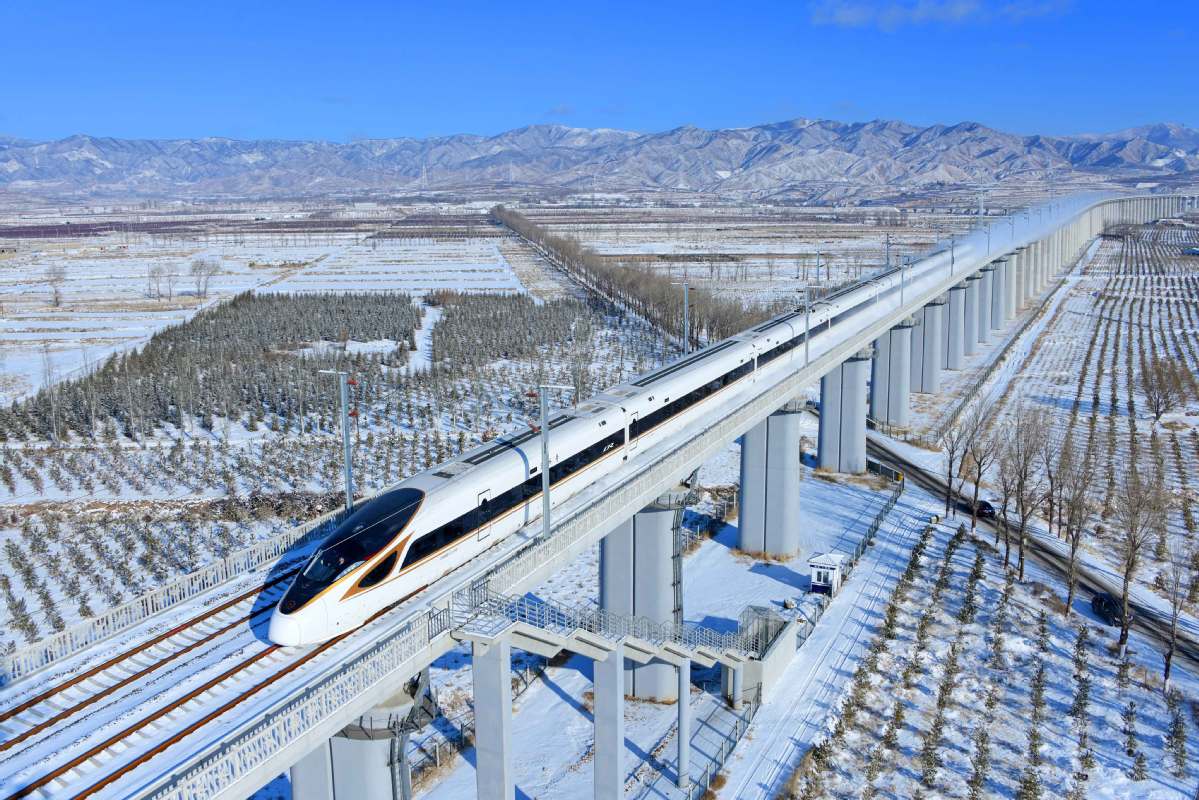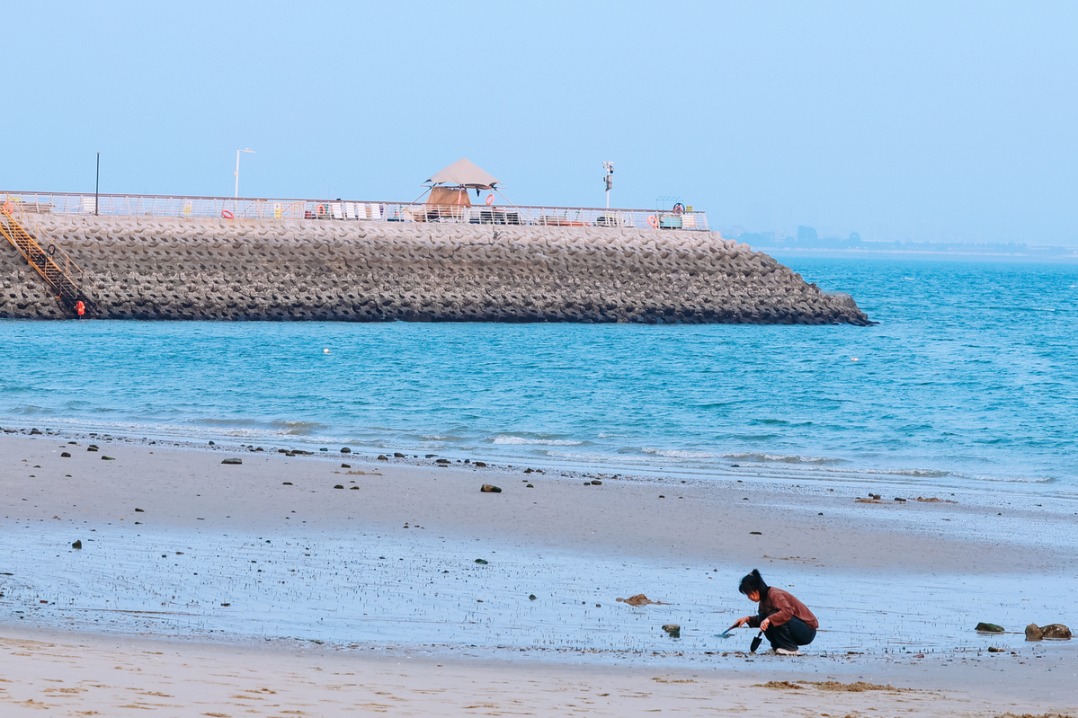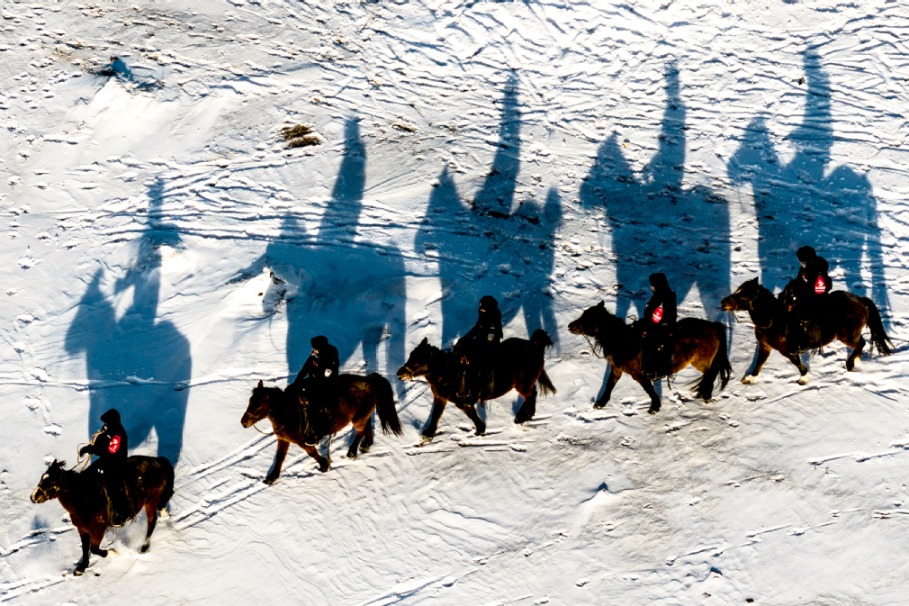North window looks to open wider


Editor's note: This year, the Communist Party of China is celebrating the 100th anniversary of its founding. China Daily is publishing a series of stories looking at the tremendous changes that have occurred in provinces, autonomous regions and municipalities under the leadership of the Party. They also include stories of the people and places that have left indelible marks in the Party's path to glory.
Besides focusing more on agriculture, environment, Jilin to boost ties with South Korea
Located in Northeast China, Jilin province is the geographical center of Northeast Asia. The province, which has several border cities, is a window for China to open up to the region.
With plains accounting for about 30 percent of its area, it is an agricultural province and a major "granary" for the country. However, its economy has mainly been driven by the automobile industry, steel making, agriculture and forestry.
According to the recent provincial government work report, last year, Jilin's GDP grew by 2.4 percent year-on-year, slightly higher than the national overall growth rate of 2.3 percent. Further, the added value of industries above designated size increased by 6.9 percent, ranking second in the country, and grain output reached 38 million metric tons, ranking fifth.
Last year, the government approved a demonstration zone for cooperation between China and South Korea, the Hunchun Marine Economic Development Demonstration Zone and the Changchun Airport Economic Demonstration Zone.
Hunchun city in Yanbian Korean autonomous prefecture, located at the eastern end of the province, is 15 kilometers from the Sea of Japan and 4 km from Russia's Posyet Bay. It is a vital channel not only for Jilin but also China's foreign trade and exchanges.
The work report said that last year, the import and export freight volume of China-Europe cargo trains in Jilin increased by 43.4 percent year-on-year. The cargo throughput reached 10 million tons at the Tonghua port in southern Jilin.
Since the 1950s, Jilin has forged ahead in the processing and manufacturing of automobiles, high-speed trains, astronautics technology and medicine. Its iconic achievements include the Hongqi car brand, the Fuxing high-speed train and the Jilin 1 satellite.
The province is also transforming and upgrading its agricultural sector.
Located on the golden corn and rice belt, Jilin is an important national grain production base. Its per capita grain share and corn export volume ranked among the country's best for many years.
Grain output has remained at more than 35 million tons for past eight years, the work report said. Last year, 1.23 million hectares of land adopted conservation tillage, the largest scale in the country.
Also, the province established 200,000 hectares of high-standard farmland, and its comprehensive mechanization level of crop cultivation reached 91 percent. About 146,000 family farms and 84,000 farmers' cooperatives have contributed to the development of the beautiful villages. In addition, the province completed renovations of 286,000 toilets and built 4,472 km of rural roads, the report said.
The government said it will speed up reconstruction of saline-alkali land in its western region and deepen research on black soil protection and seed banks of corn, rice, soybeans, oats and fungi.
As a national pilot province for environmental development efforts, Jilin has 58 nature reserves. Among them, the Changbai Mountain reserve, which is home to endangered species such as the Siberian tiger and the oriental white crane, has been designated by the United Nations as a biosphere.
Last year, the environmental quality in Jilin reached its best level ever, the report said. The percentage of days with good air quality reached 89.8 per year. The proportion of good-quality water body sections based on the national assessment hit 83.3 percent, a year-on-year increase of 14.5 percentage points.
Water bodies inferior to Grade V and odorous water bodies in Jilin's urban areas were eliminated by last year. The province has set up domestic sewage treatment facilities in 114 key towns along key river basins.
Northeast China Tiger and Leopard National Park, which was established in 2017, is the first of its kind to be directly managed by the central government. It stretches across Jilin and Heilongjiang provinces and covers 14,600 square km, of which 71 percent are in Jilin. The park features the most abundant biodiversity in the northern hemisphere and is one of the most important habitats for wildlife in that temperate zone.
The government said that there are only about 450 Siberian tigers in the world, and between 11 and 13 live in the forests near Changbai. The China Wildlife Conservation Association dubbed Hunchun city as the "hometown of China's Siberian tiger".
Siberian leopards are even more endangered, with only about 50 worldwide. At least 15 live in Jilin, the government said.
With various natural endowments, the province received 153 million domestic and foreign tourist trips and took in about 253 billion yuan ($39 billion) in tourism revenue last year, the report said. Its popular scenic spots include: Changbai, in the Changbai Mountain Protection and Development Zone; Chagan Lake, in the Qian Gorlors Mongolian autonomous county; Sanjiaolong Bay, a nature reserve in Huinan county; and the Yalu River in Ji'an city.
Jilin has carried out policies to attract and retain talent. By setting up a high-end special talent zone and reforming the province's hukou policy, the government encourages university graduates to work in Jilin and hometown graduates to return to start businesses.
By the end of last year, 23 people working in the province were academicians of the Chinese Academy of Sciences and the Chinese Academy of Engineering. The province has 11 key national level laboratories, 114 key provincial level laboratories and 153 provincial science and technology innovation centers, the government said.
Changchun, the provincial capital, is the cradle of the nation's film industry.
Since the 1950s, the Changchun Film Studio has developed into one of the largest film groups in China. Over the past few decades, the studio has been dedicated to producing films about history, rural topics, ethnic groups and social issues, and it has won many domestic and international awards.
Movies produced by the studio reflected major concerns of Chinese people in different eras, including The White-Haired Girl, Plain Guerrilla, Five Golden Flowers and The Lane Premier.





































